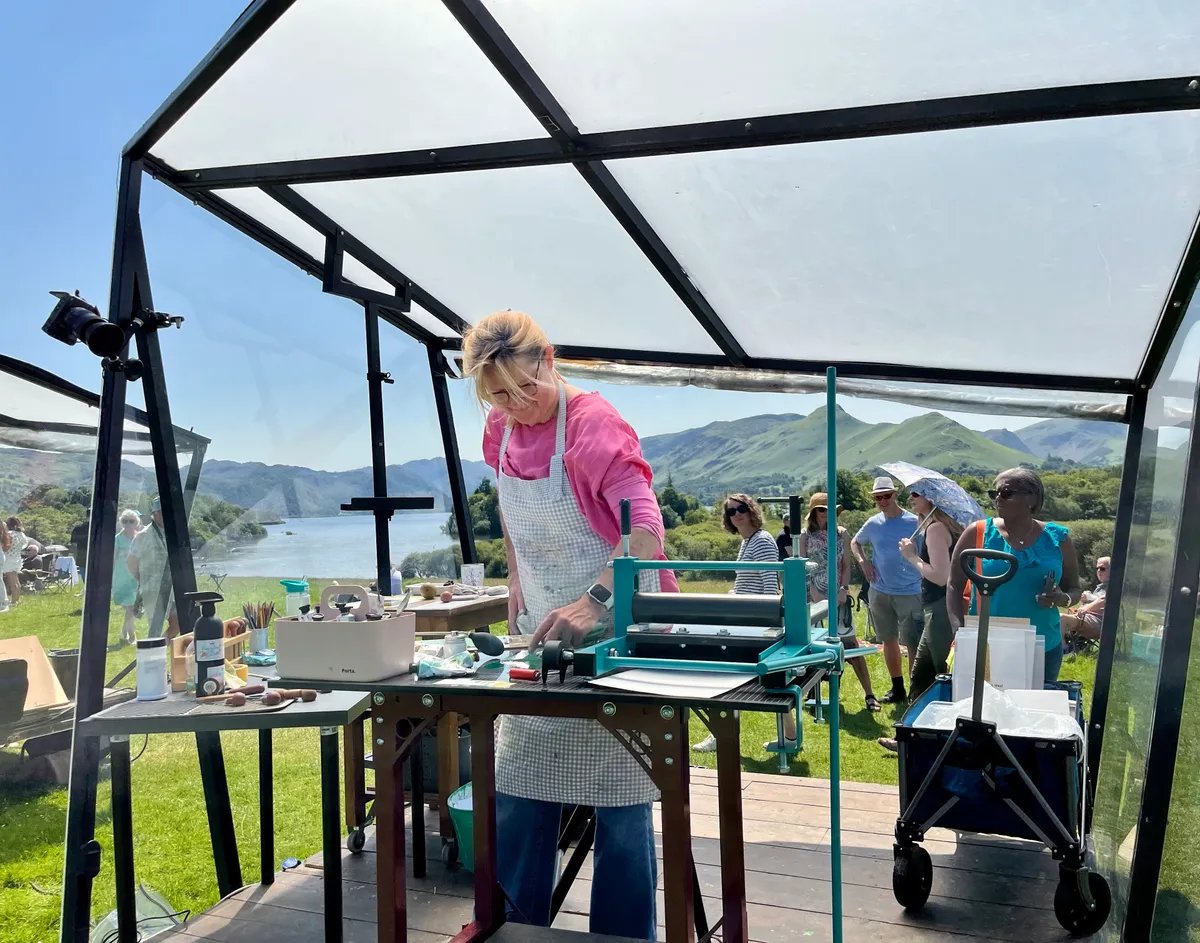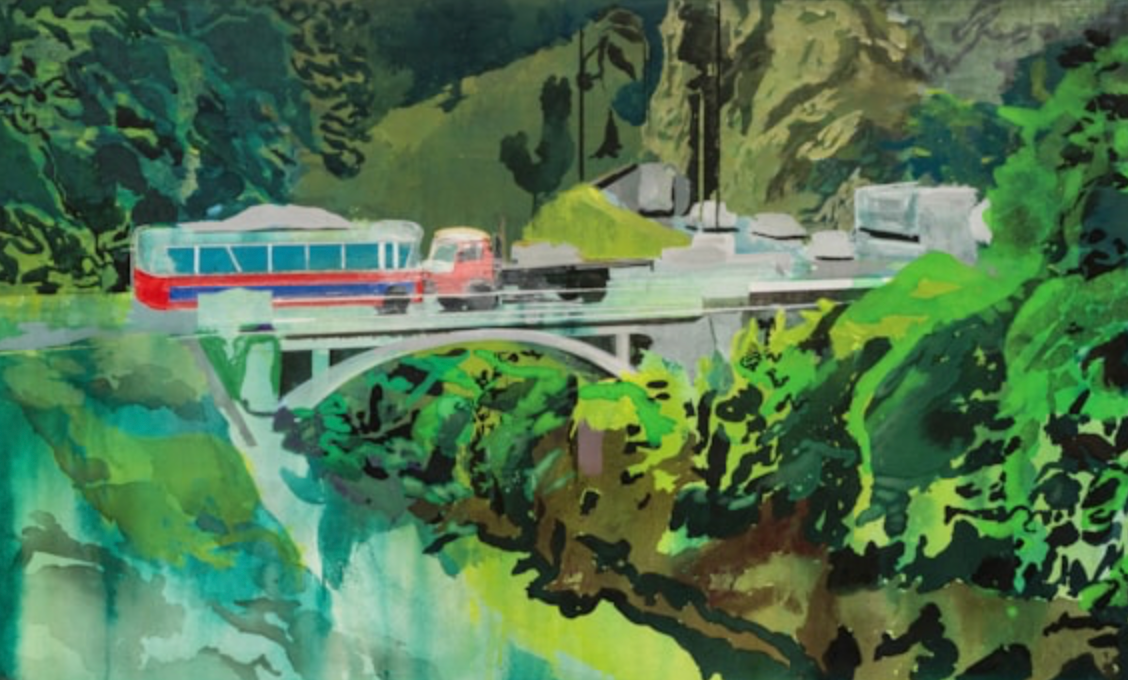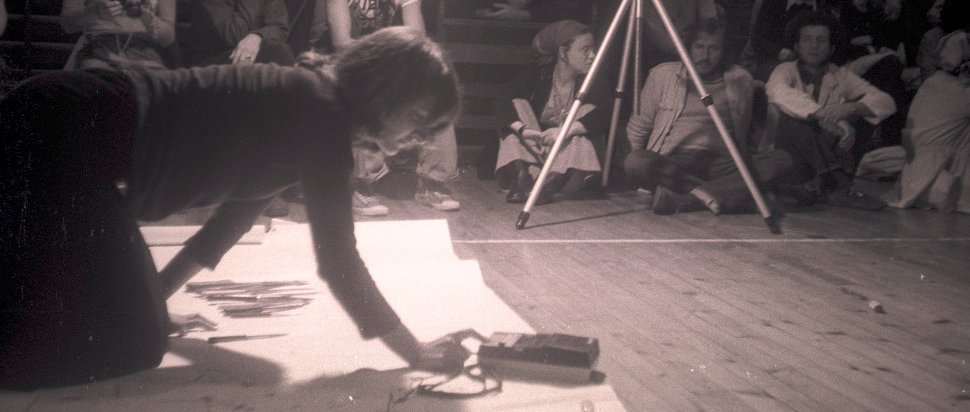Born Pablo Diego José Francisco de Paula Juan Nepomuceno María de los Remedios Cipriano de la Santísima Trinidad Ruiz y Picasso, on 25 October 1881, in Málaga, Spain, Picasso is one of history’s most influential artists. He devoted his life to art for nearly 80 years, producing more than 20,000 paintings, prints, drawings, sculptures, ceramics, theatre sets and costumes, in a vast range of styles.
Each major period of Picasso’s art was seemingly defined by the events around him, from his personal tragedies and impassioned love affairs to the socio-political upheavals of Europe. As a result, Picasso’s body of art emerges as a timeline of his own experiences.
Here we explore the major styles that defined Picasso’s career — illustrated with works offered at Christie’s.
Blue Period (c. 1901-04)
Emerging from a time of immense hardship in the artist’s life, Picasso’s Blue Period lasted from around 1901 to 1904. Central to the onset of the Blue Period was the suicide of his close friend and fellow artist, Carles Casagemas. As Picasso said, ‘It was thinking about Casagemas’s death that started me painting in blue.’
At the age of only 21, the young artist found himself poor and depressed. He restricted his palette to cold, sombre colours that evoked dreamlike mystery and sorrow. Living between Barcelona and Paris, Picasso painted powerful portraits of his friends, as well as the poor and abandoned, to explore the themes of human misery and social alienation that weighed upon him so heavily during these years.






